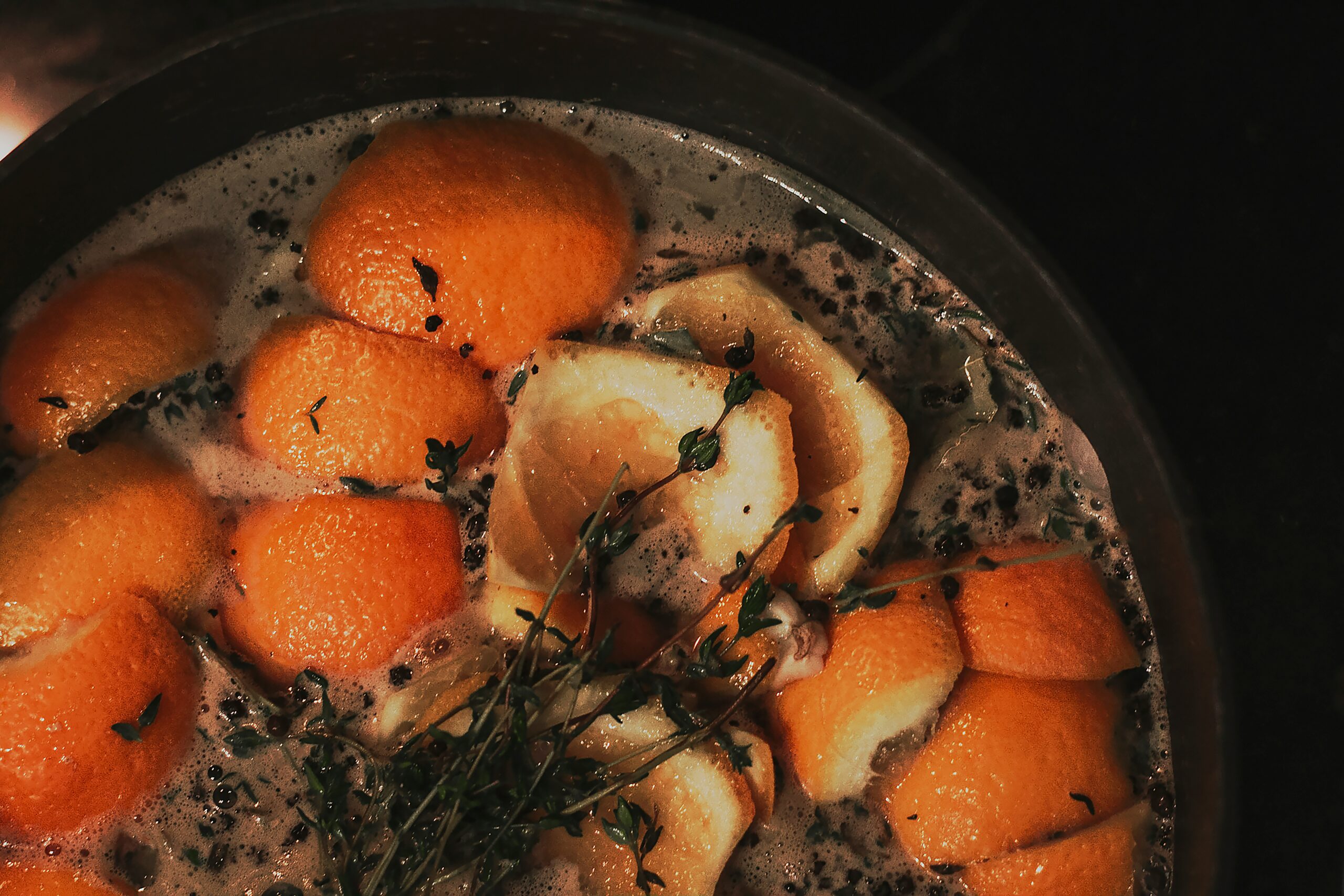

Introduction to the Science of Flavor
Have you ever taken a bite of something and felt an explosion of flavors dancing on your taste buds? That magical moment is no accident. It’s the result of countless ingredients coming together in perfect harmony. The science of flavor is a fascinating world where chemistry meets creativity, transforming simple meals into culinary masterpieces.
Every dish tells a story through its ingredients. But what makes some foods sing while others fall flat? From spices to fresh herbs, how we combine and cook these components can elevate our dining experience dramatically. Let’s dive deeper into the elements that shape flavor and discover how understanding them can enhance your cooking skills and tantalize your palate like never before.
The Role of Ingredients in Food Flavor
Ingredients are the stars of every dish. They carry distinct flavors that create memorable culinary experiences. Fresh herbs, spices, and seasonal produce can elevate a simple meal to something extraordinary.
Take garlic, for instance. Its pungency adds depth, while citrus zest brightens up flavors like sunshine on a cloudy day. The quality of ingredients matters immensely; ripe tomatoes burst with sweetness compared to their bland counterparts.
Texture plays its part too. Creamy avocados or crunchy nuts introduce delightful contrasts in every bite. Each ingredient has its own story and purpose, whether it’s providing flavor or enhancing mouthfeel.
Even the origin of an ingredient can change everything. Local varieties often possess unique characteristics that reflect their environment. Understanding these nuances helps home cooks and chefs alike craft dishes that resonate with authenticity and taste.
Factors That Affect Flavor Perception
Flavor perception is a complex interplay of our senses. Taste buds, while crucial, tell only part of the story. Aroma plays a pivotal role in how we experience flavor; it can elevate a simple dish or diminish its potential.
Temperature also affects our taste. A warm dish often feels more flavorful than one served cold. Our brains associate warmth with comfort and richness.
Texture impacts perception too—crunchy foods might feel more satisfying than their soft counterparts, altering our overall enjoyment.
Personal experiences shape preferences as well. Memories tied to specific flavors can evoke strong emotions, influencing what we enjoy or dislike.
Factors like genetics come into play. Some people are supertasters who experience intensity differently from others. This variability adds another layer to the fascinating science behind flavor perception.
The Art and Science of Pairing Flavors
Pairing flavors is both an art and a science. It involves balancing tastes and textures to create memorable dishes. Understanding the basic flavor profiles—sweet, salty, sour, bitter, and umami—can elevate any meal.
Some combinations seem instinctual. Chocolate with salt or strawberries with balsamic vinegar dance on the palate in unexpected ways. These contrasts can heighten enjoyment.
Texture also plays a crucial role. A creamy sauce might crave crunchy toppings for contrast. Think about how crispy fried onions enhance a rich casserole.
Cultural traditions further influence pairings; they often dictate what works together based on local ingredients and history. Mediterranean cuisine thrives on olive oil’s richness balanced by bright citrus notes, while Asian dishes frequently blend sweet soy sauces with spicy chilies.
Experimentation opens doors to new discoveries in flavor pairing that can transform your cooking experiences into culinary adventures!
The Impact of Cooking Techniques on Flavor
Cooking techniques play a vital role in shaping the flavors of our food. Different methods, from roasting to steaming, unlock unique tastes and textures.
For example, roasting caramelizes natural sugars in vegetables. This transformation creates deep, rich notes that are absent when they are boiled. Similarly, grilling adds a smoky char that can elevate meats and veggies alike.
Sautéing is another technique where quick cooking over high heat brings out vibrant colors and fresh flavors. The Maillard reaction occurs here, producing complex savory notes that enhance any dish.
On the other hand, slow cooking allows ingredients to meld together harmoniously. It nurtures subtle flavors while tenderizing tougher cuts of meat.
Each method offers distinct advantages for flavor development. Understanding these nuances empowers cooks to experiment boldly and create remarkable dishes at home.
Exploring Regional and Cultural Influences on Flavor
Food is a reflection of culture. Each region boasts its own unique palette, shaped by history, geography, and tradition. For instance, the spices in Indian cuisine tell tales of ancient trade routes. They bring warmth and complexity to every dish.
In contrast, Japanese flavors celebrate simplicity and balance. Ingredients like soy sauce and miso create umami richness that’s both subtle and profound.
Traveling through Italy reveals how local ingredients influence pasta dishes. Fresh basil from Liguria or ripe tomatoes from San Marzano make each bite distinct.
Furthermore, traditional cooking methods play a crucial role in flavor development across cultures. Techniques such as smoking in Southern BBQ or fermentation in Korean kimchi add layers of taste that are hard to replicate elsewhere.
Understanding these regional nuances can inspire new culinary adventures right at home. Embracing diverse flavors broadens our palates while connecting us to different stories around the world.
Conclusion: Enhancing Your Culinary Skills Through Understanding Flavor
Understanding flavor can elevate your cooking to new heights. By appreciating the science behind how ingredients interact, you unlock a world of culinary possibilities.
Start by experimenting with different combinations and techniques. Consider the balance between sweetness, acidity, saltiness, and bitterness in your dishes. Play with herbs and spices—they can dramatically alter the character of a meal.
Don’t forget about regional influences; they offer rich insights into traditional pairings that have stood the test of time. Embrace these practices while allowing room for creativity.
As you explore flavors more deeply, you’ll find yourself becoming more intuitive in your cooking decisions. This understanding transforms not just what you cook but how you experience food as well.
Enhancing your culinary skills through this lens will lead to delightful surprises on every plate. Enjoy the journey!
